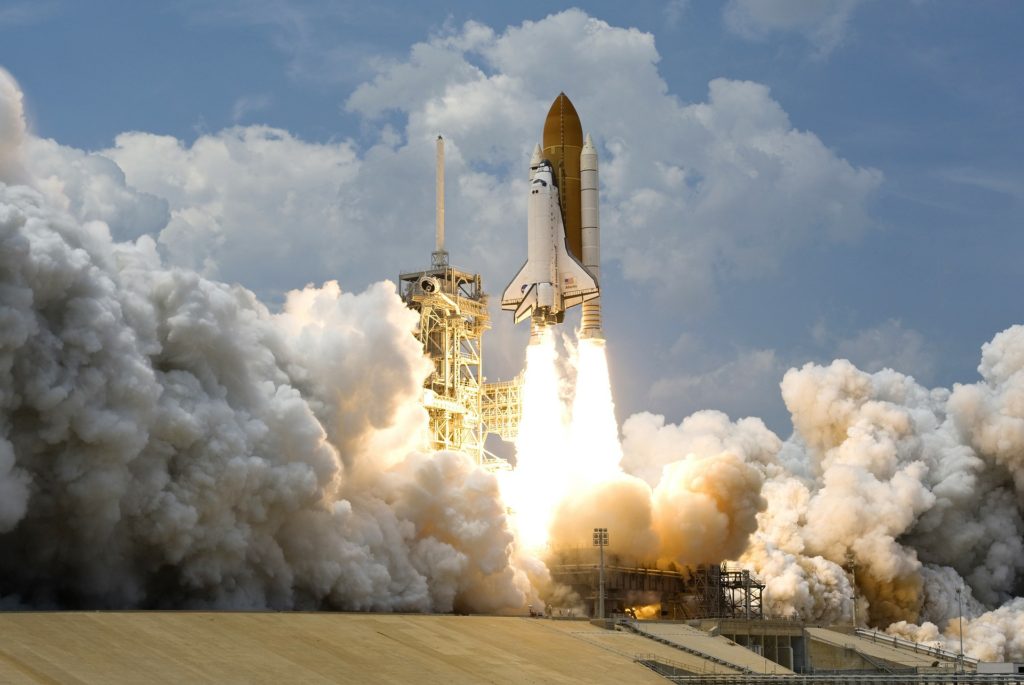
Chief Executive Officer of SpaceX Elon Musk has his eyes fixed upon the vast cosmos. His ultimate goal is to give opportunities to people other than astronauts to witness the beauty of the universe. Consequently, in September 2018, Musk presented the world with a new reusable transportation system, comprised of the famed space vessel “Starship,” which lies atop the rocket “Super Heavy.”
The 100-passenger spaceship, Starship, will launch from the rocket Super Heavy. Scientists project Starship to be 30-feet wide and 180-feet tall and Super Heavy to be 219-feet tall. Super Heavy will be confined to orbit, while Starship will venture out into the cosmos. Engineers designed the system to be able to carry 150 tons of cargo, which will be essential for the establishment of Moon and Mars settlements in the future.
In an interview with Popular Mechanics, Musk revealed that they SpaceX altered the design for Starship and Super Heavy from a carbon-fiber composite to an alloy of stainless steel with high chrome-nickel content, increasing strength and providing high ductility. Because steel has a high melting point, the spaceship will be able to withstand 1500℉ to 1600℉ and is strong at cryogenic temperatures. The switch also drastically cut expenses, as carbon fiber is priced at $135 per kilogram, with approximately 35% of the purchased material to ultimately be scrap. The steel, on the other hand, is a mere $3 per kilogram.
In the interview, he also shared his innovative plans for a heat-shield system, which facilitates reentry into Earth’s or Mars’s atmosphere, that mimics human transpiration: “You just need, essentially, two [stainless-steel] layers that are joined with stringers. You flow either fuel or water in between the sandwich layer, and then you have micro-perforations on the outside — very tiny perforations — and you essentially bleed water, or you could bleed fuel, through the micro-perforations on the outside.”
Recently, SpaceX completed a Starship prototype at a reduced scale. Hopper tests of the prototype will take place in the Boca Chica launch site in southern Texas. These tests are called “hoppers” because the space vessel will not orbit the Earth. Instead, the Starship prototype will reach no more than 16,400 feet into the air.
On September 17, 2018, SpaceX announced that world-renowned entrepreneur Yusaku Maezawa will be the company’s first private passenger to fly around the Moon in 2023. Maezawa plans to pick eight artists as accompanying crew members. Musk remarked on Twitter that “operational Starships would [obviously] have windows, [among other features].”
Only 24 people have visited the moon, the last visit being in 1972. Musk is hoping to launch people in commercial outings towards Mars as early as 2024, meaning humans will step upon the surface of the Red Planet for the first time in approximately 2025.
Freshman Berlyne Chalas commented, “It excites me to think that there’s a possibility to explore other celestial bodies, only faint figures in the night sky, as if I were simply boarding a plane to travel overseas or going on some type of road trip.”
Elon Musk’s plans are merely a peek into the promising future of space exploration and scientific advancements. The production of Starships will aid in launching telecommunication satellites, of which the U.S. government has recently approved to launch of about 12,000.
This historical number of satellites is meant to create an incredibly fast internet network named Starlink.



























